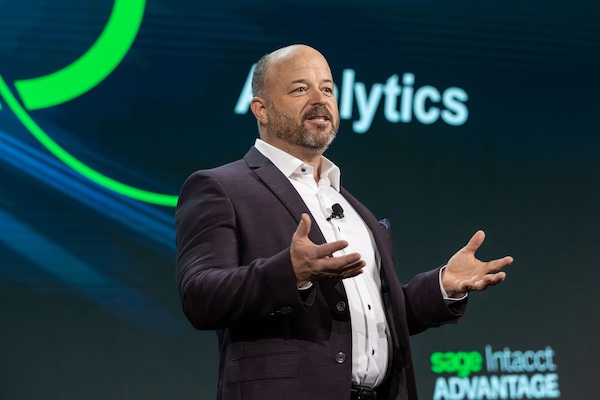[av_one_full first min_height=” vertical_alignment=” space=” custom_margin=” margin=’0px’ link=” linktarget=” link_hover=” padding=’0px’ border=” border_color=” radius=’0px’ background=’bg_color’ background_color=” background_gradient_color1=” background_gradient_color2=” background_gradient_direction=’vertical’ src=” background_position=’top left’ background_repeat=’no-repeat’ animation=” mobile_breaking=” mobile_display=” av_uid=’av-4al3xb’]
[av_video src=’https://www.youtube.com/watch?v=datSYR3Xzy0′ mobile_image=” attachment=” attachment_size=” format=’16-9′ width=’16’ height=’9′ conditional_play=” av_uid=’av-jp3xynkw’ custom_class=”]
[av_textblock size=” font_color=” color=” av-medium-font-size=” av-small-font-size=” av-mini-font-size=” av_uid=’av-2w9rlb’ custom_class=” admin_preview_bg=”]
Here is the Top 5 ERP News of the week, Dec 17th.
- 5 Things You Need from Your ERP Vendor’s AI Modules
- The End of ERP History?
- ERP in the Automation of the Supply Chain
- C/4 Hana: Neither Head Nor Tail
- It’s Year-End: What’s Your 2019 Talent Strategy
5 Things You Need from Your ERP Vendor’s AI Modules
Flexibility. That’s what you need from your enterprise resource planning vendor’s artificial intelligence features. The AI modules need to be flexible in the data they use, the data quality consumed, where the AI model’s predictions are used, when the AI model is run, and when new information is evaluated. These are just some of the ways an ERP vendor needs to make its AI offerings flexible.
The End Of ERP History?
Any futurist should tread very carefully when they make predictions about an end to innovation. The founder of Digital Equipment is reported to have said in 1977 that “there is no reason for any individual to have a computer in his home” while a young man by the name of Bill Gates allegedly claimed that 640K of RAM “ought to be enough for anybody”. Both dispute that they said the words attributed to them – but then anyone who has been so spectacularly wrong would be keen to take such a statement back. We can see the march of technological innovation with our own eyes without ever switching on a computer. Movies that wowed audiences with cutting-edge visual effects only a few years ago, can look cheap and dated now. Continual progress means that we think of the pinnacle of progress as just one more stop on the journey upwards. But Enterprise Resource Planning (ERP) software hasn’t been wowing its audience for quite some time. Almost all innovation—if it can be described as such—for around a decade has been mostly tinkering at the edges, rather than delivering anything truly revolutionary. And yet licensing costs remain the same. What exactly are users paying for?
ERP in the Automation of the Supply Chain
ERP systems have come a long way since their introduction in the 1980s, yet their purpose remains the same: Combine information from all business functions into a common system to allow for improved access. Whereas systems of the past were dependent on data entry, modern ERP technologies are able to collect massive amounts of data to proactively determine company needs. Today’s manufacturers are creating new ways of capturing, processing and using ERP data to better serve their customers and improve profits.
C/4Hana: Neither Head Nor Tail
Once again, SAP is trying to build the world’s best CRM system. Previous attempts are countless. This time, SAP chose a best-of-breed approach.SAP has a good database platform with Hana. SAP also has a lot of money and used it to buy many software companies in the past. Now, it seems time to start the consolidation: C/4Hana shall get a structure and a strategy!
It’s Year-End: What’s Your 2019 Talent Strategy?
For many of us, it’s that usual time of year – Q4 and the pressure is on to make it across the finish line. We’re also deep in planning for the coming year. Teams gather and present what they expect to achieve, provide the data to demonstrate how it will impact the business, and then they ask for the budget needed to make it all happen. It’s up to business and financial leaders to decide what the priorities will be, and how to allocate limited resources. In the past year, a comprehensive talent strategy was often that one missing piece to a successful business plan. But times are changing.
[/av_textblock]
[/av_one_full]




